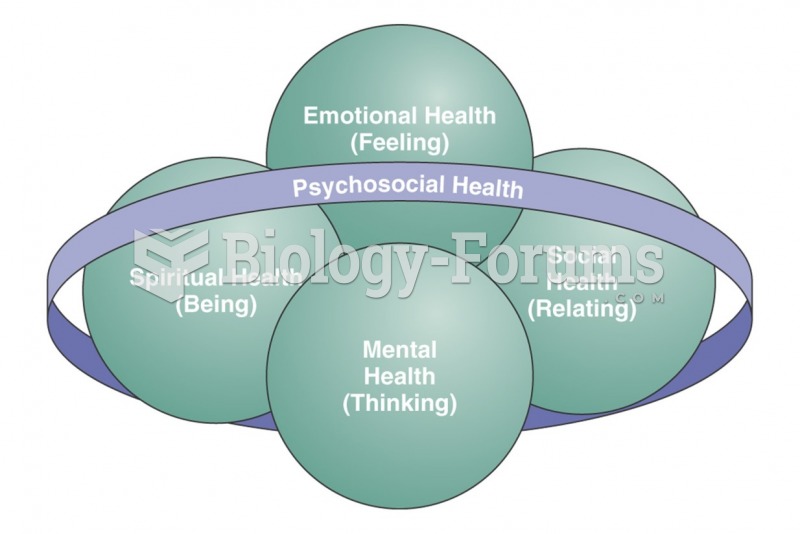|
|
|
Hyperthyroidism leads to an increased rate of metabolism and affects about 1% of women but only 0.1% of men. For most people, this increased metabolic rate causes the thyroid gland to become enlarged (known as a goiter).
Nearly all drugs pass into human breast milk. How often a drug is taken influences the amount of drug that will pass into the milk. Medications taken 30 to 60 minutes before breastfeeding are likely to be at peak blood levels when the baby is nursing.
Blood in the urine can be a sign of a kidney stone, glomerulonephritis, or other kidney problems.
In the United States, an estimated 50 million unnecessary antibiotics are prescribed for viral respiratory infections.
Earwax has antimicrobial properties that reduce the viability of bacteria and fungus in the human ear.







